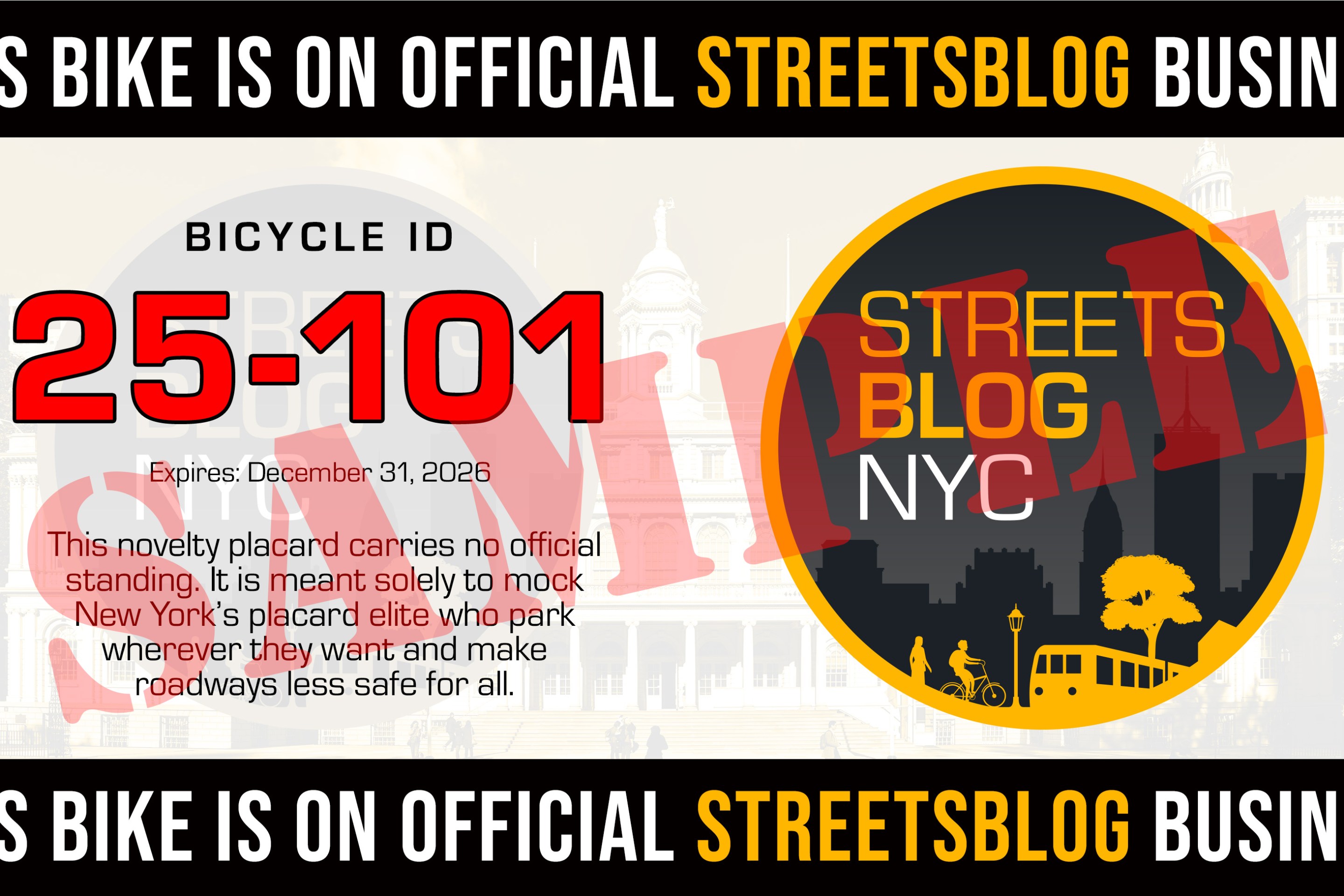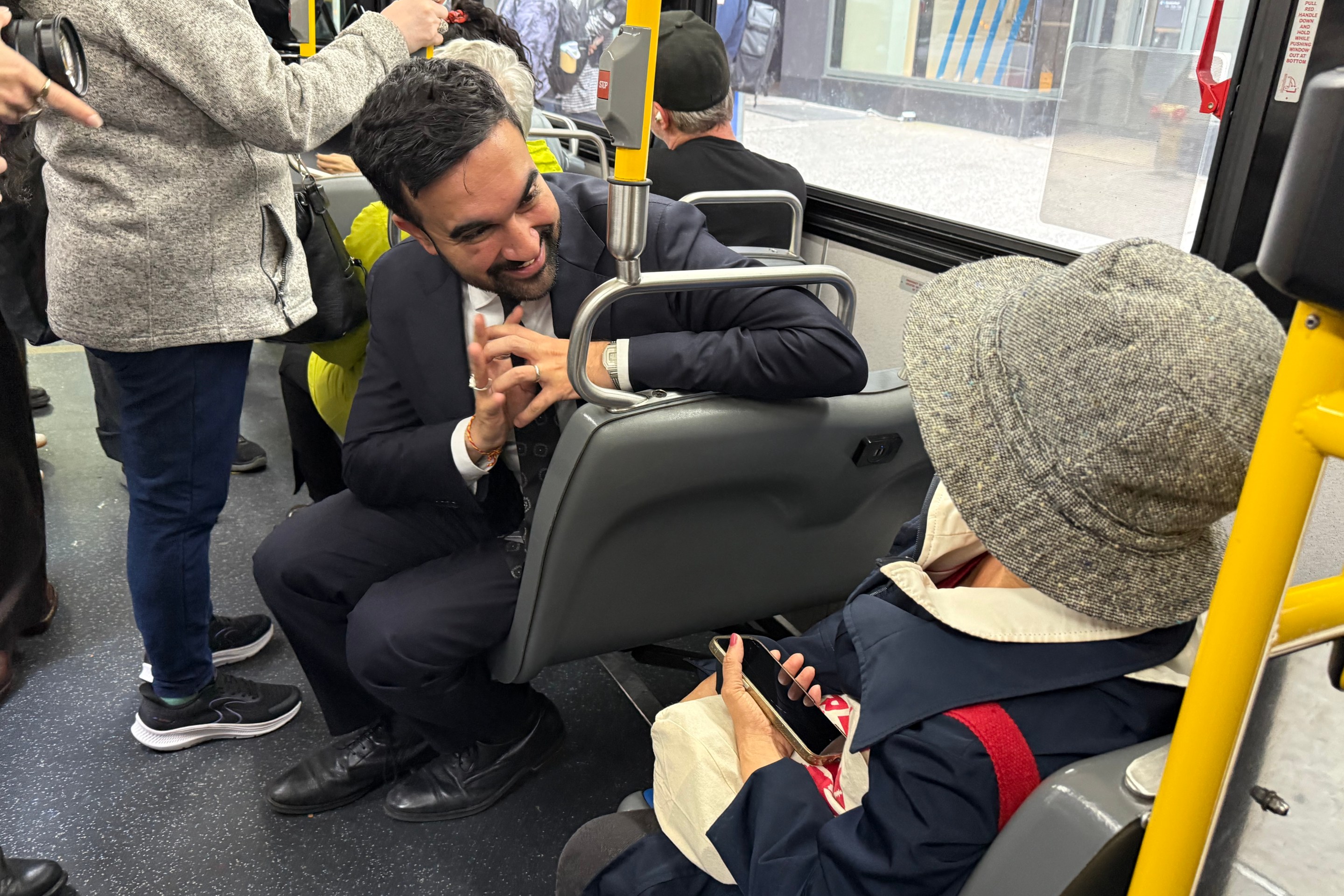Governor Cuomo’s MTA Reinvention Commission met for the first time last week at the agency's midtown headquarters. Cuomo has charged the 22-member commission with developing a plan “to make our subways and our entire transit system ready for the challenges of the next century.” The commission’s recommendations are expected to shape the MTA’s next capital program -- its five-year plan for maintenance and expansion -- as well as the authority’s long-term planning and vision.

How effective the commission will be is unclear. Governor Cuomo has stymied other high profile commissions when they’ve gone against his inclinations, like when the McCall/Solomon tax commission suggested that the state scale back its film and TV tax credit, or when he disbanded the Moreland Commission.
Still, the commission provides a good opportunity to address some of the key challenges and questions facing the MTA.
The issue of resilience immediately comes to mind. Hurricane Sandy made it clear that future storms and rising seas are an immediate threat to the system. This is an issue that is well understood and is likely to enjoy strong political support. Government tends to act effectively in the aftermath of disasters because the effects are immediate and observable. They rise above politics.
However, there are other, more difficult problems that will require taking political risk to solve.
The authority has racked up $32 billion in debt, up from $16.6 billion in 2003. It shelled out $2.3 billion for debt service payments last year -- nearly a fifth of the operating budget -- and debt service is projected to rise to $2.8 billion by 2017. The growing share of the budget that goes toward debt payments creates pressure for fare hikes and eats into what the agency can spend on delivering service.
A more stable and reliable source of revenue must be established. The best plan out there right now is the Gridlock Sam/Move NY "Fair Plan" -- raising tolls to enter the Manhattan CBD while lowering them on MTA crossings in the outer boroughs. This would have the added benefit of relieving congestion where it is most intense, speeding up surface transit for hundreds of thousands of riders. A key indicator of the commission's independence will be whether it takes on an issue as vital and contentious as toll reform.
To get the most bang for its buck, the MTA will also have to address the high cost of construction that has plagued large mega-projects like the Second Avenue Subway, Fulton Transit Center, and East Side Access. A direct comparison with other countries is difficult because each transit project is unique, but the cost of building new tunnels and laying new track in New York is significantly higher per mile than in cities in Europe and Asia.
We need an open and honest evaluation of just why these projects cost so much relative to other countries, rather than assuming that this is an unsolvable problem.
The commission should also look at ways to improve the MTA’s bus system. Bus ridership is falling. Service is often unreliable. Any visitor to London will immediately see how a frequent, dependable bus system is a major boon to the city’s transportation network. Select Bus Service and the introduction of Bus Time citywide are great steps, but in New York, buses are still the forgotten stepchild of the transit system.
The next capital plan should include funds for relatively cheap bus improvements like bus signal priority and off-board fare payment, both of which should be rolled out over the entire system, rather than be reserved strictly for SBS routes. The commission should insist on a robust funding program to roll out Mayor Bill de Blasio’s proposed "world class" bus rapid transit system.
The commission should also broach the subject of better coordination and cooperation among transit agencies across the region. It is absurd that New Jersey Transit trains terminate at Penn Station, rather than continue on into Long Island or into Westchester. Through-running trains is much more efficient and is superior from a customer standpoint, eliminating transfers.
Better coordination could also open up new possibilities for rail connections to New Jersey or pushing the PATH train into downtown Brooklyn.
Looking at transit as a regional issue may also provide some insight into other ways to fund trains and buses. Region-wide development fees or other taxes could tie together future growth patterns with transit expansions, as well as contribute to the operating budget.
If the commission is more than election year theater by Cuomo, these are the types of problems it will address, and the governor will act on its recommendations. We should know by the end of the summer what the commission will propose -- its report has to be submitted in time to shape the next capital program, which is due October 1.





